Two favorite second grade science topics each year are Earth Changes and Landforms. Always a highlight, students learn about erosion, weathering, deposition and many different landforms. Here are 10 hands-on landforms and earth changes activities for teaching fast and slow earth changes in 2nd grade science.
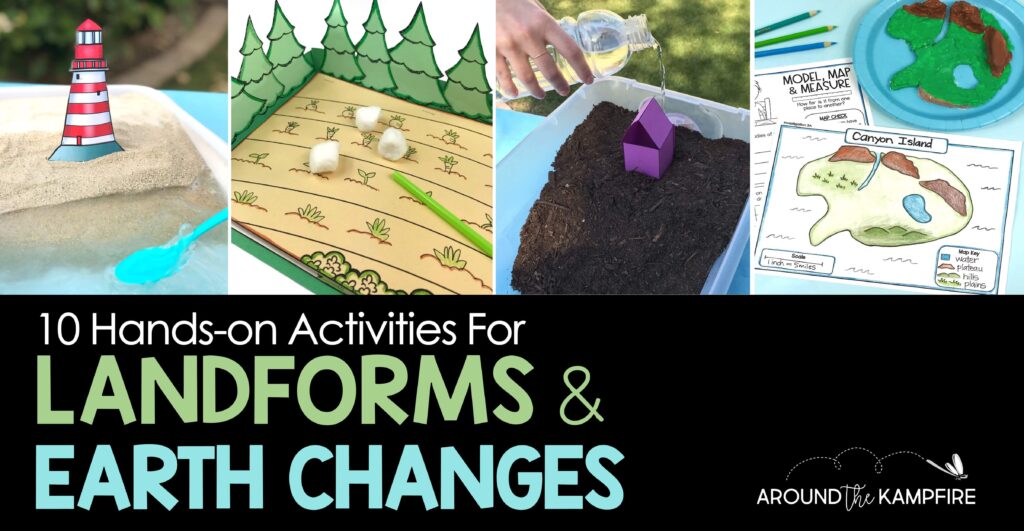
Landforms Activities
Each of these activities is available in a complete Earth Changes 2nd grade science unit. Some activities are available in digital format.
Describe Earth’s Land
Introduce your students to the different features of the Earth’s land and surface. Describe the different types of landforms on Earth and the variety of ways they are formed. Ask students, “What landforms have you seen in a place you have visited or where you live?”.
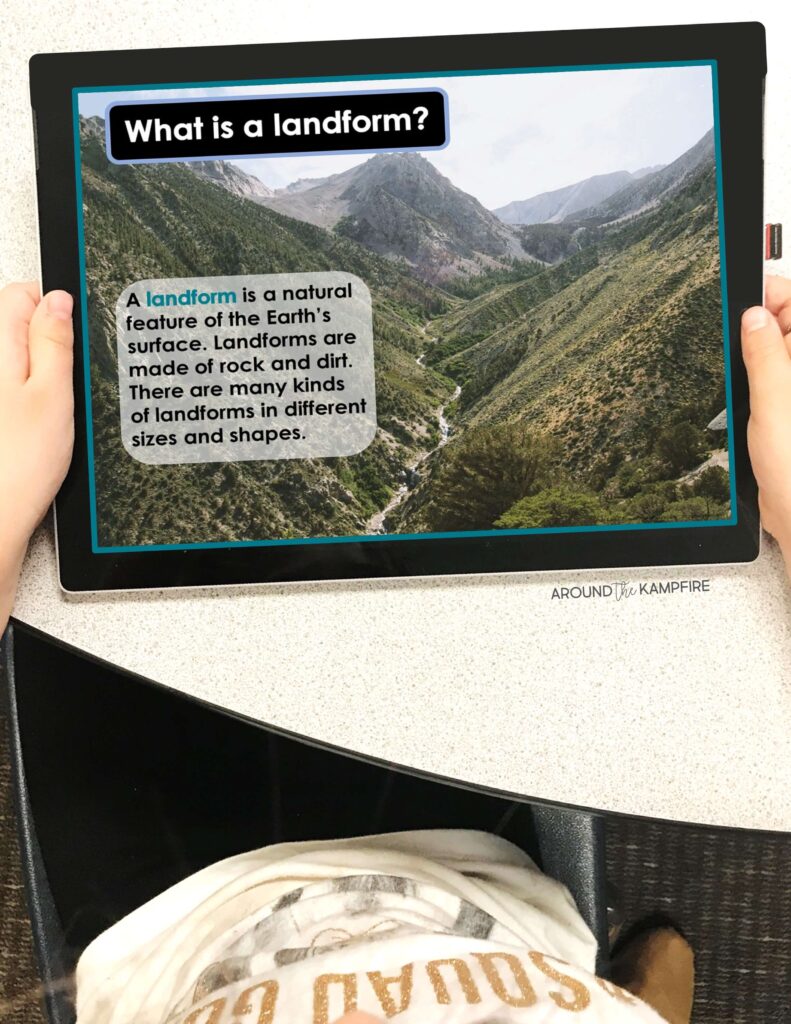
Show videos to help introduce different the types of landforms and how they form on Earth.
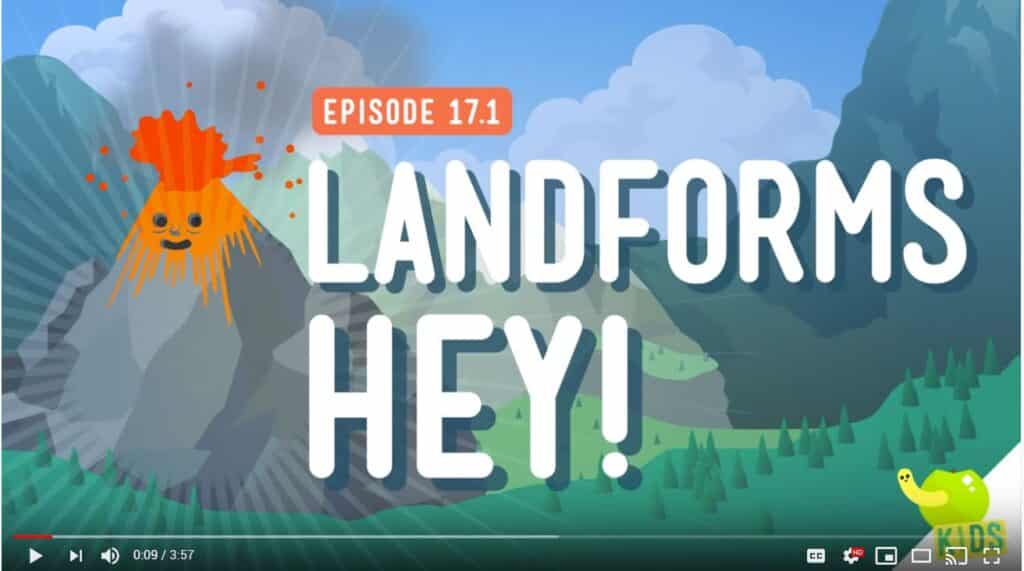
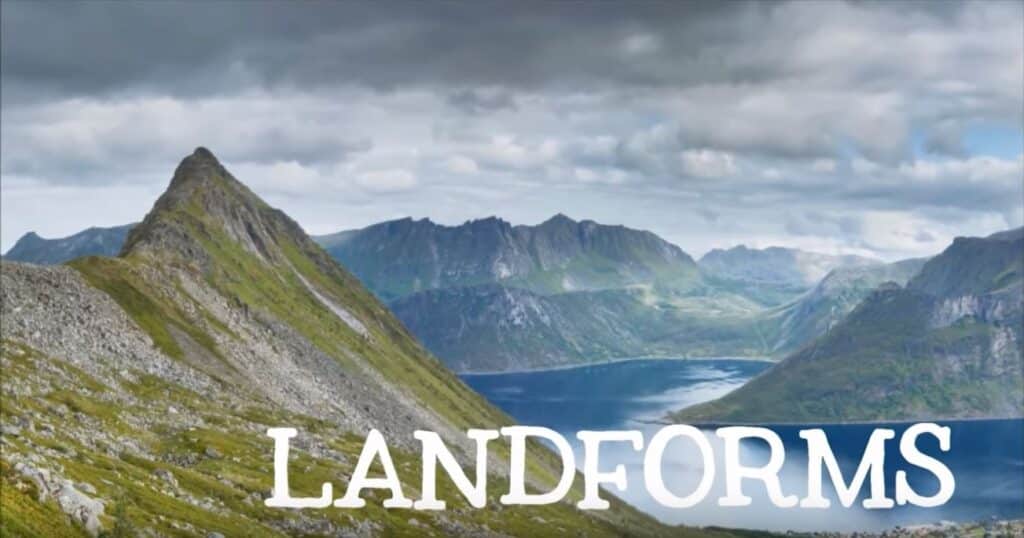
Exploring Landforms and Bodies of Water (9:18)
Name That Landform
Play a partner game with Play Doh. Have two students play together. Each uses Play Doh to make a landform. They then check of features of their model on their recording page. Next, students draw a diagram of their landform model.
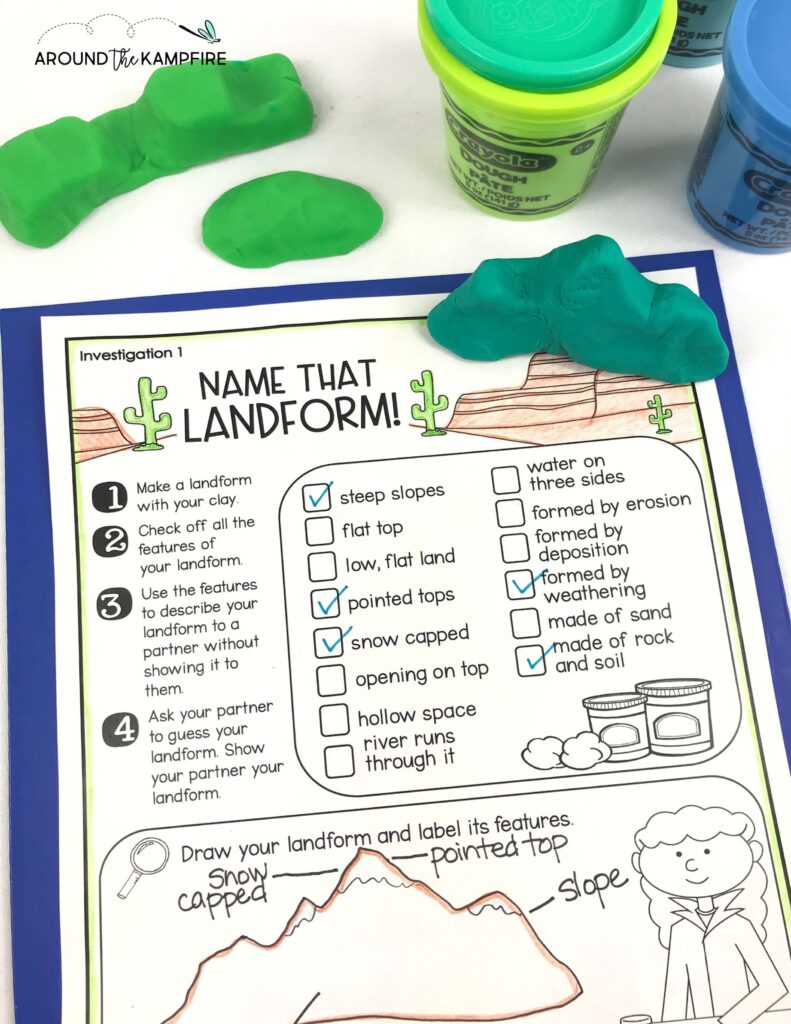
Lastly, and before showing it to their partner, the each students take turns describing the features of their landform and asks their partner to guess which landform they made based on the features they heard described. This simple activity gives students practice in describing an object and drawing and labeling a diagram.
Salt Dough Landform Islands
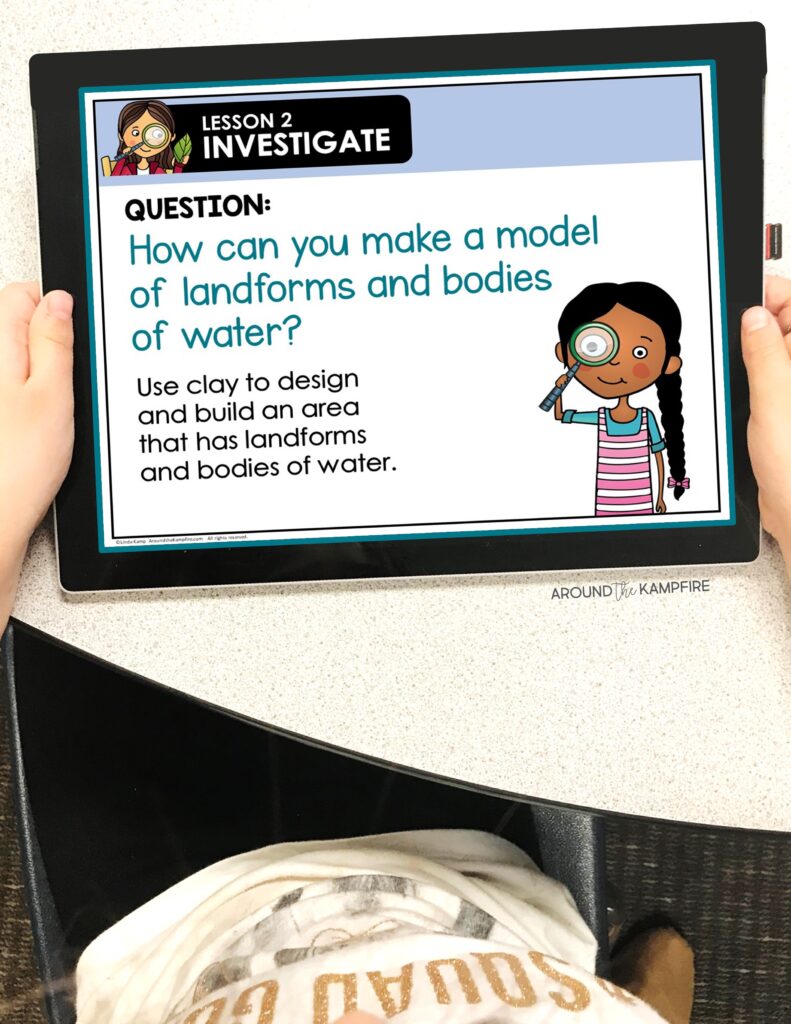
In this project, students show the kinds of land and water in a make believe area by making landform islands. We have used both salt dough and Crayola Air Dry Clay. Students make a model of a special area they design that features several landforms and bodies of water.
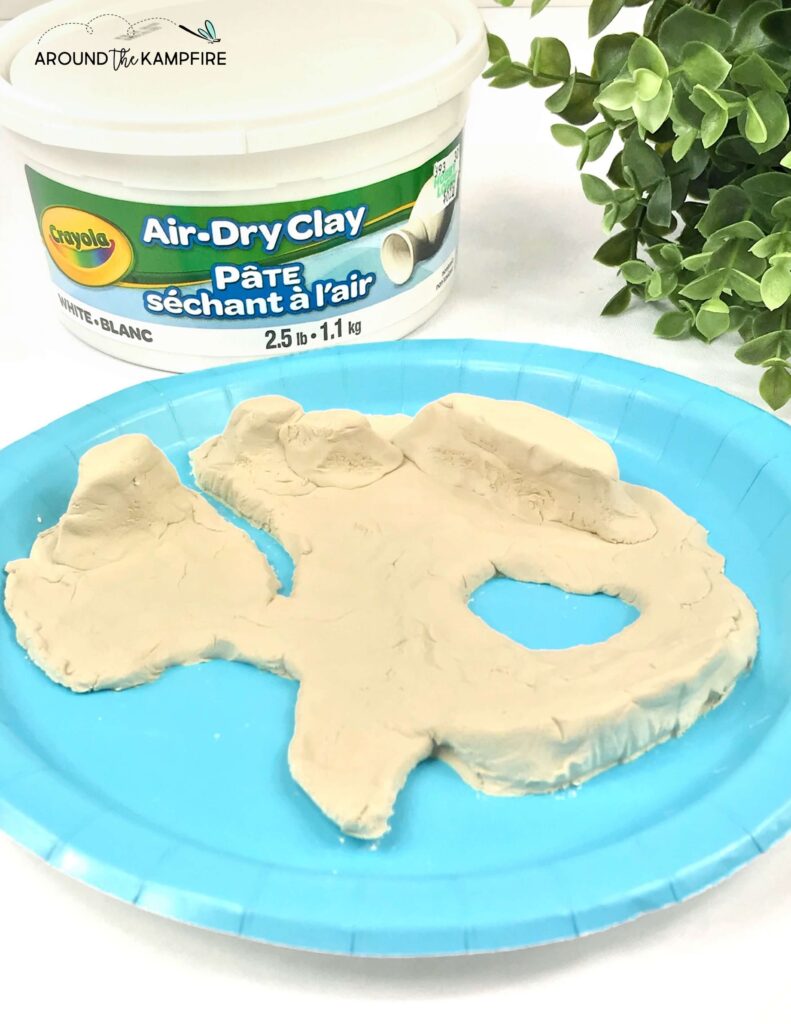
I use blue paper plates from the dollar store and Crayola Air Dry Clay from Walmart or any craft store. I recommend doing this project on a Friday and allowing them to dry over the weekend. Students can then paint their islands using Tempra or acrylic paint.
Extend the project and address multiple standards by having students make maps and measure distances between landforms or points on their islands.
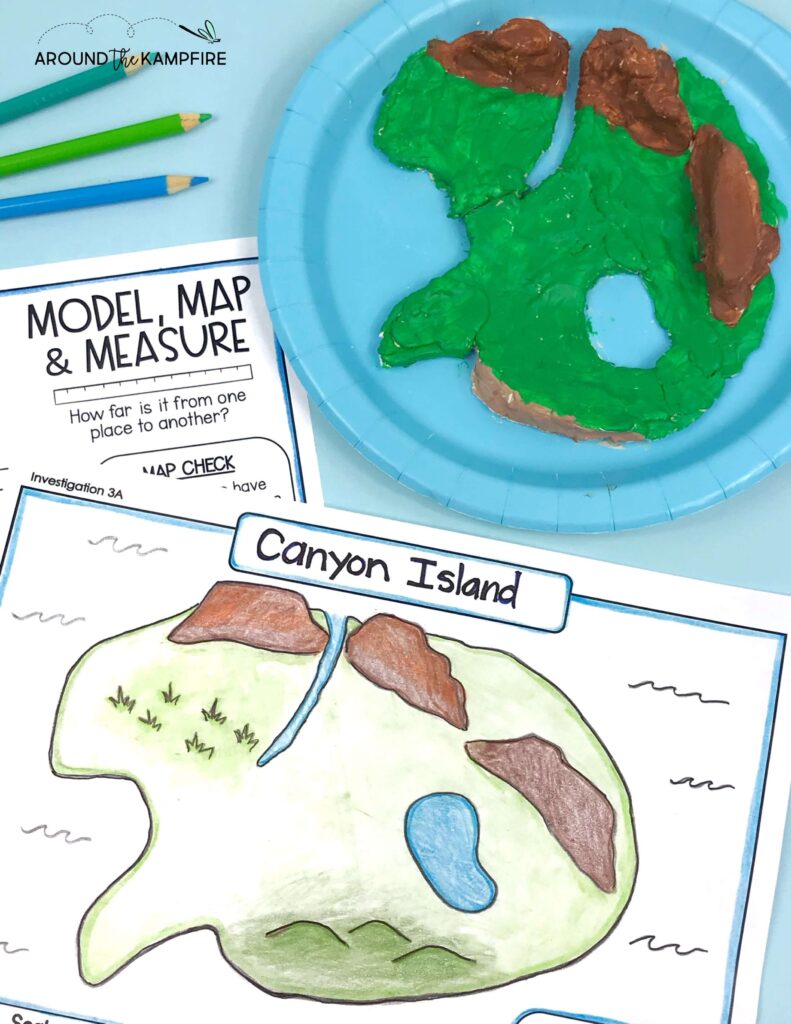
Make a Topographical Map
How do engineers map the height of a mountain? In this activity, students use clay to make a 3-D model, then section it to make a topographical map. Making this type of map is a fun way to incorporate not only map skills, but math practices.
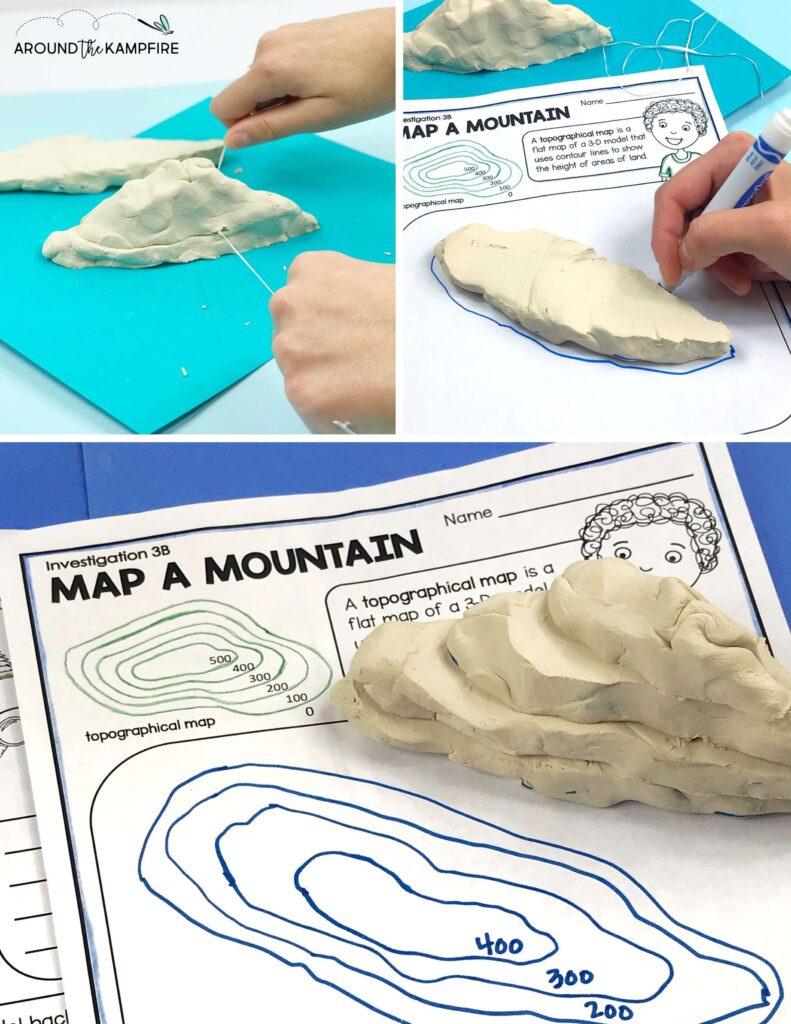
Students begin by making a simple model of a mountain out of clay. We used Crayola Air Dry Clay. Next, they use dental floss to section their model into equal slices. Guide students to understand that a topographic map is another type of model. It is a one-dimensional model that shows heights using numbers and curved lines.
This video, Understanding Topographical Maps is a good one to demonstrate how to use clay and dental floss to make a topographic map.
Earth Changes Activities
Fast Earth Changes
Some changes to the Earth’s surface happen rapidly. Events like earthquakes, tsunamis, volcanic eruptions, and landslides all happen very quickly with a series of events preceding them. But what causes land to change quickly?
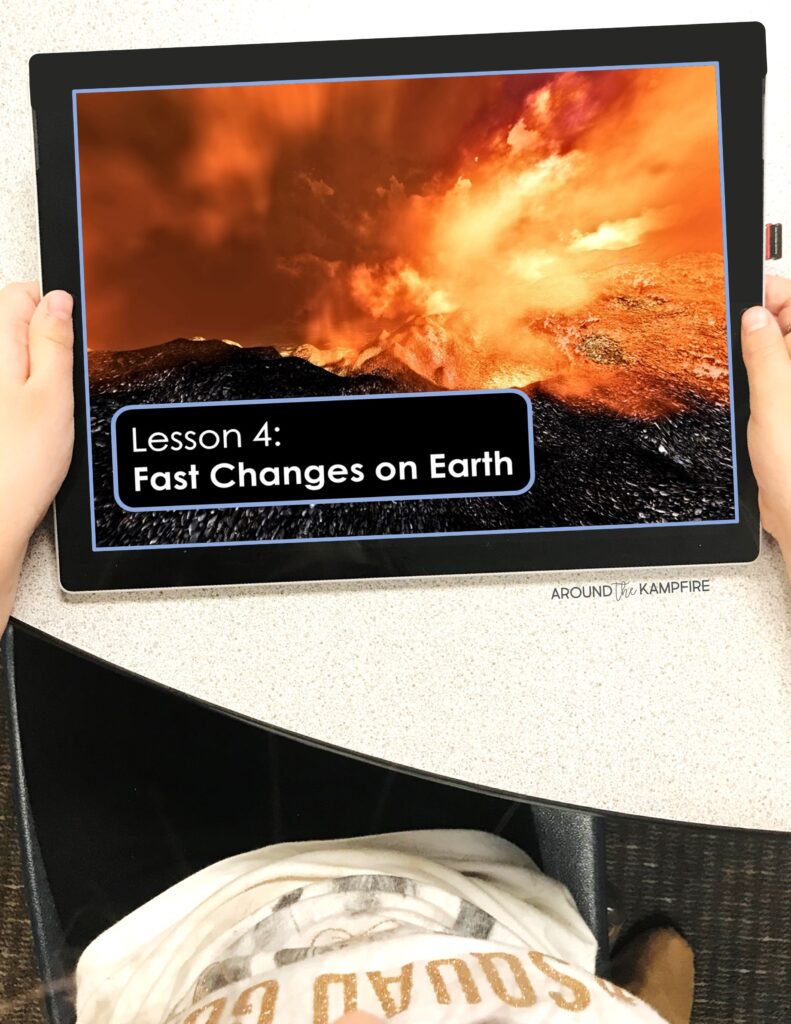
These videos explain the science behind rapid and sudden changes to the Earth’s land and surface.
Engineer a Solution to Prevent Landslides
Another fun earth changes activity to do is to simulate a landslide. Show the above landslide video to students and discuss the causes of a landslide and how people can help to prevent them. Challenge students to simulate a landslide then design a solution to help prevent a landslide and protect a community.
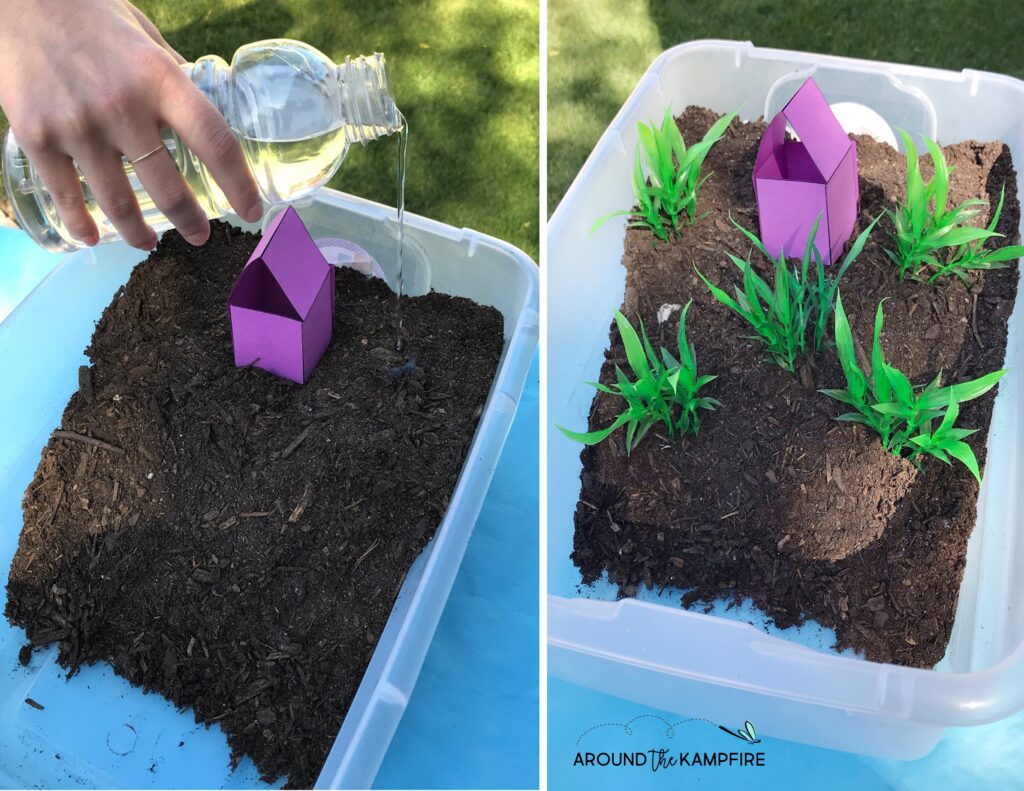
We used crumpled newspaper covered in potting soil to create a slope. We simulated a landslide of the slope with no vegetation by pouring water on the hill to represent a heavy rain storm.. Next, students did the simulation again with vegetation (aquarium plants) strategically placed to help hold the soil in place.
Students observe and record the amount of water they use before their slope begins to slide each time. They also measured and compared the distance their houses slid down the slope with and without surrounding vegetation.
Slow Earth Changes
Save a Lighthouse from Water Erosion
Save the Lighthouse! is a fun teaching lab to simulate the erosion of a coastline. Students first simulate ocean waves eroding a coastline.
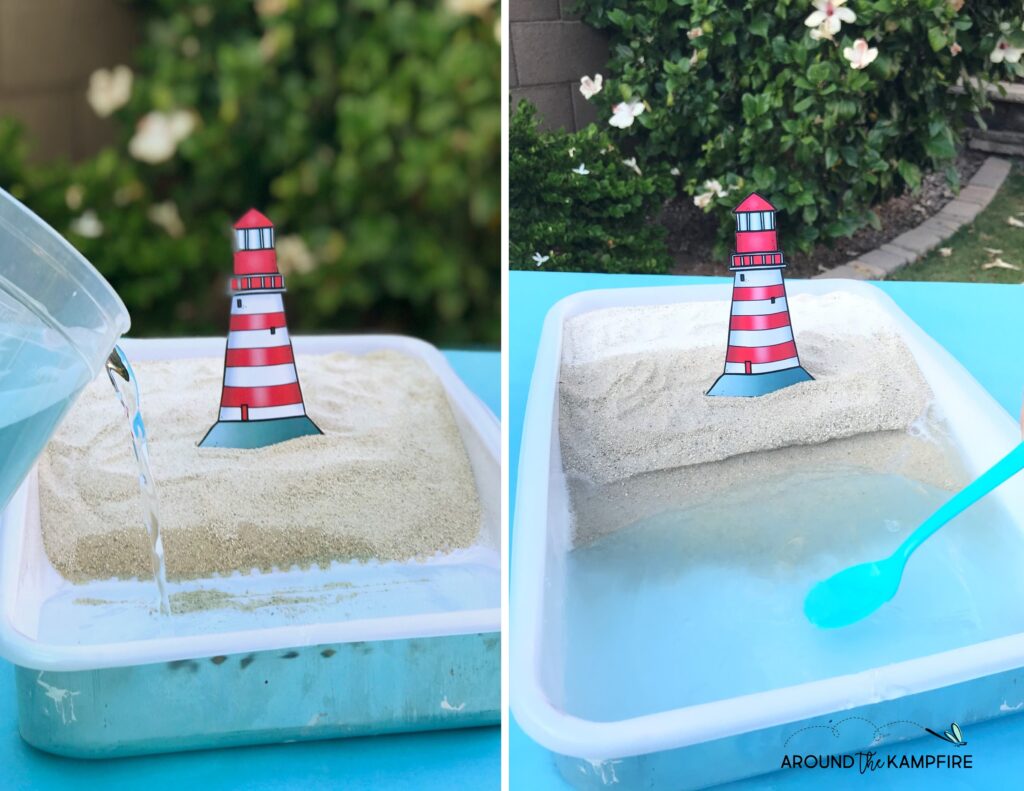
They then use craft sticks, craft foam, rocks, screen and whatever materials they decide upon, to design ways to prevent the erosion to save the lighthouse.
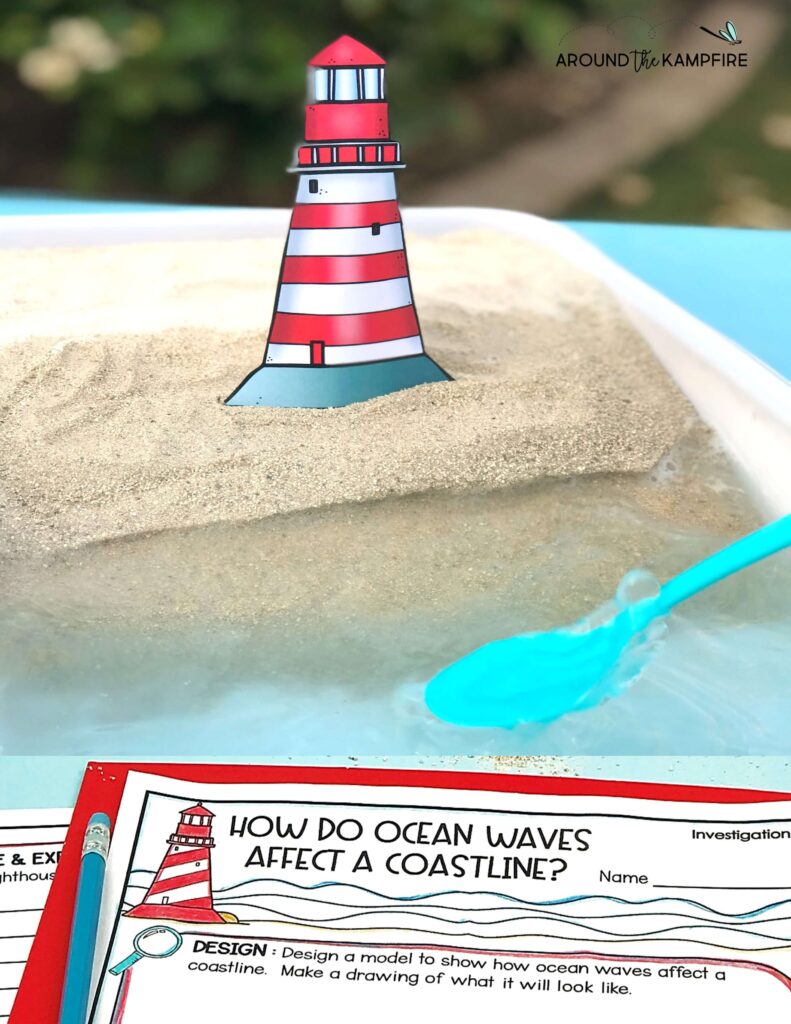
Design a Windbreak to Prevent Wind Erosion
Another type of erosion we learn about in 2nd grade is wind erosion. Students learn the damaging effect that wind can have on crop fields.
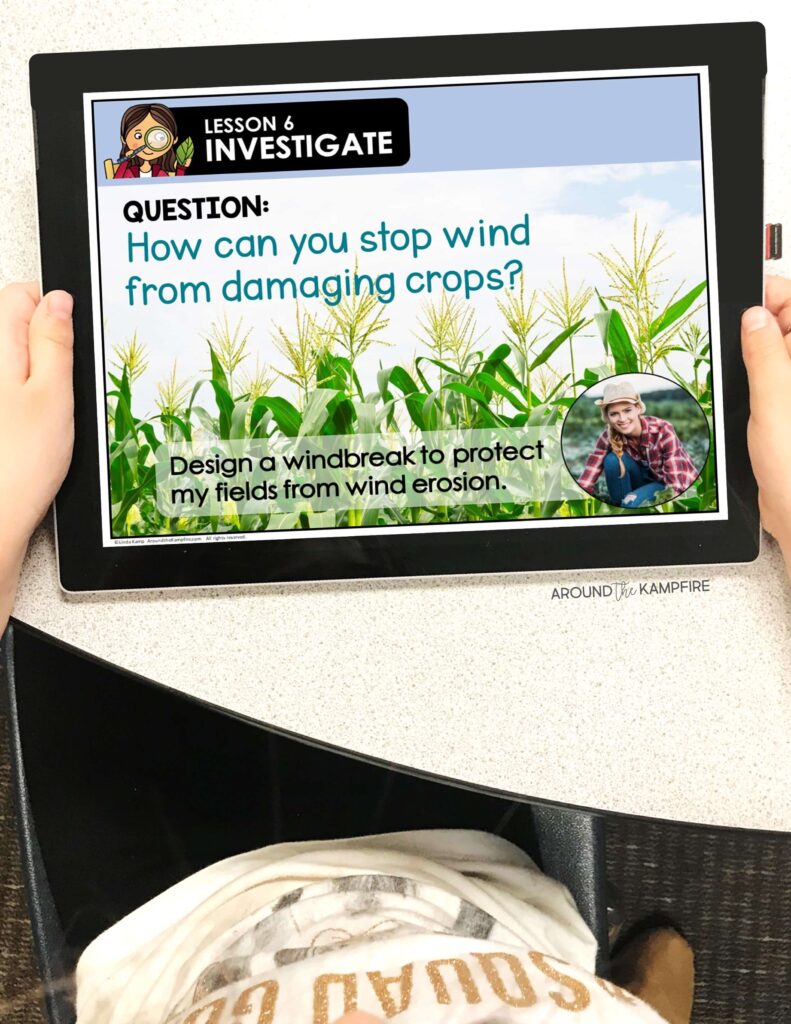
After learning about ways farmers use trees and shrubs to build windbreaks to protect their fields, students are tasked with designing their own. When designing their windbreaks, students first need to consider wind direction. They should also consider if there are existing structures nearby that might also serve to block wind.
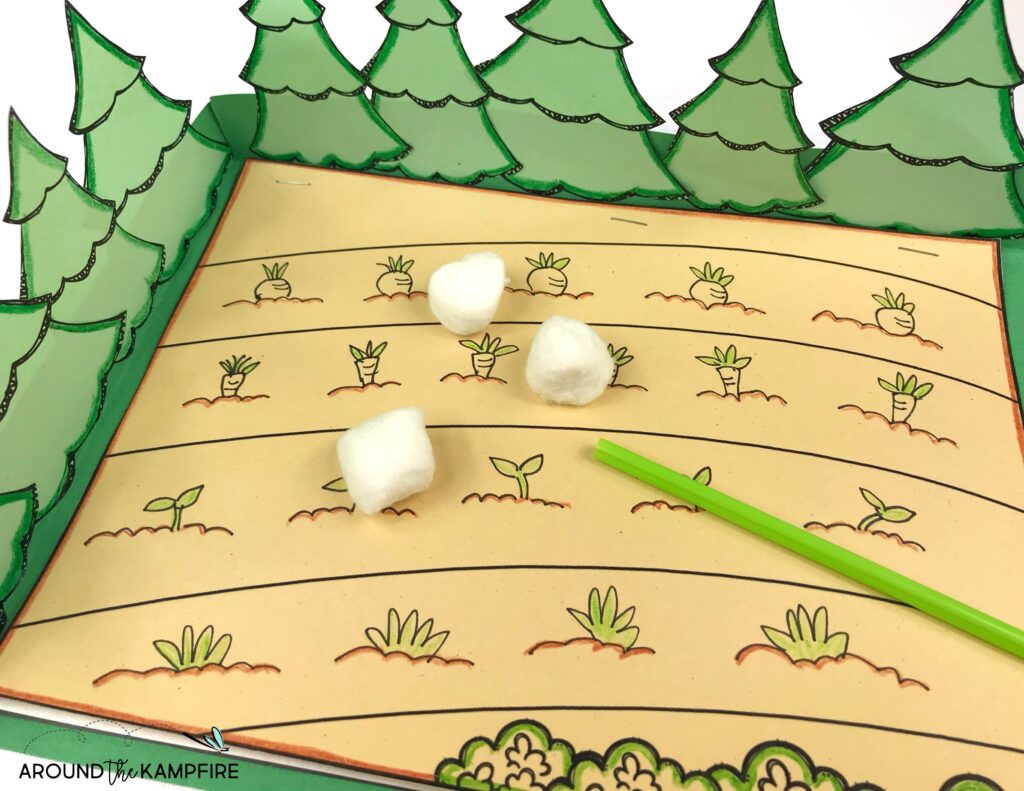
Students design a simple windbreak using paper trees, cotton balls, and a straw to simulate wind blowing soil and how the windbreak stops wind erosion and damage to a crop field. Under the “crop field” is a lab sheet booklet for students to draw a diagram of their design and explain the things they took into consideration that informed their designs.
Solve Science Word Problems
So many of these activities lend themselves well to applying math skills. Adding, subtracting, measuring, and comparing lengths are easily included when students are making maps, building models, and conducting investigations.
Solving word problems that use science content gives students not only math and reading practice, but also an opportunity to apply what they have learned about landforms and earth changes.
Sequence Events that Lead to Earth Changes
Identifying the causes and effects of earth changes helps students to better understand Earth’s processes. This science center tasks students with sequencing the events/causes that lead up to a significant change to the earth’s land.
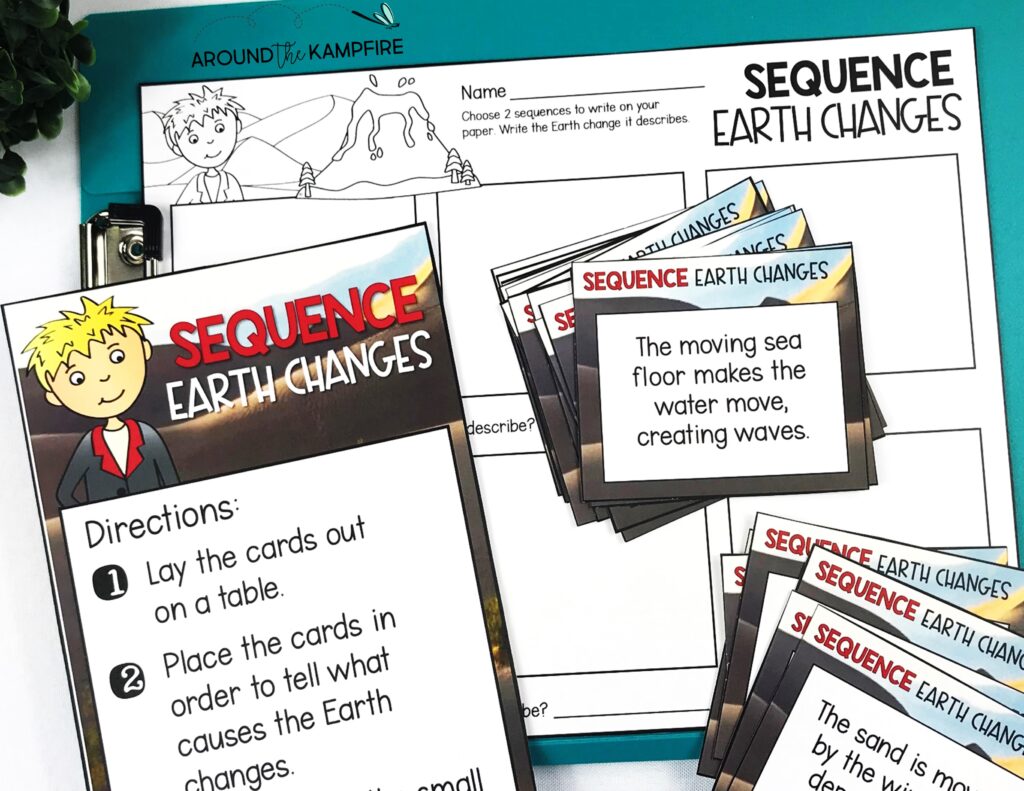
Shop Landforms & Earth Changes Activities
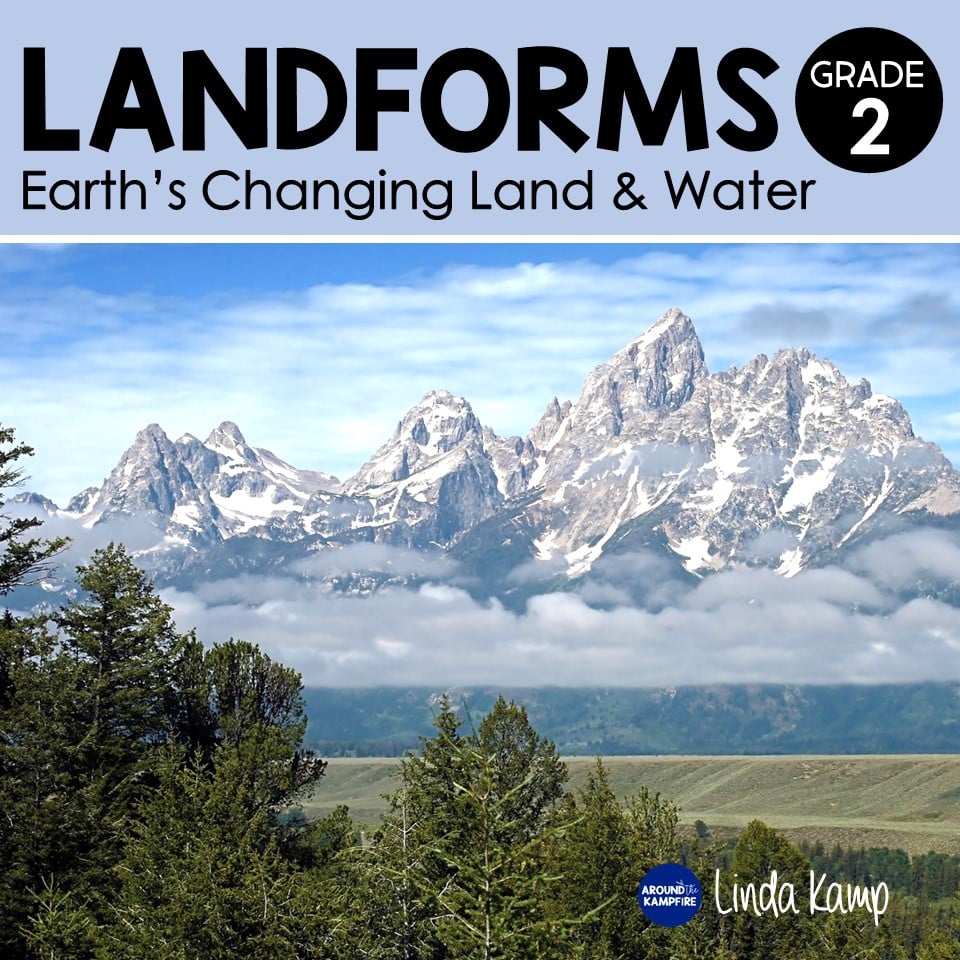
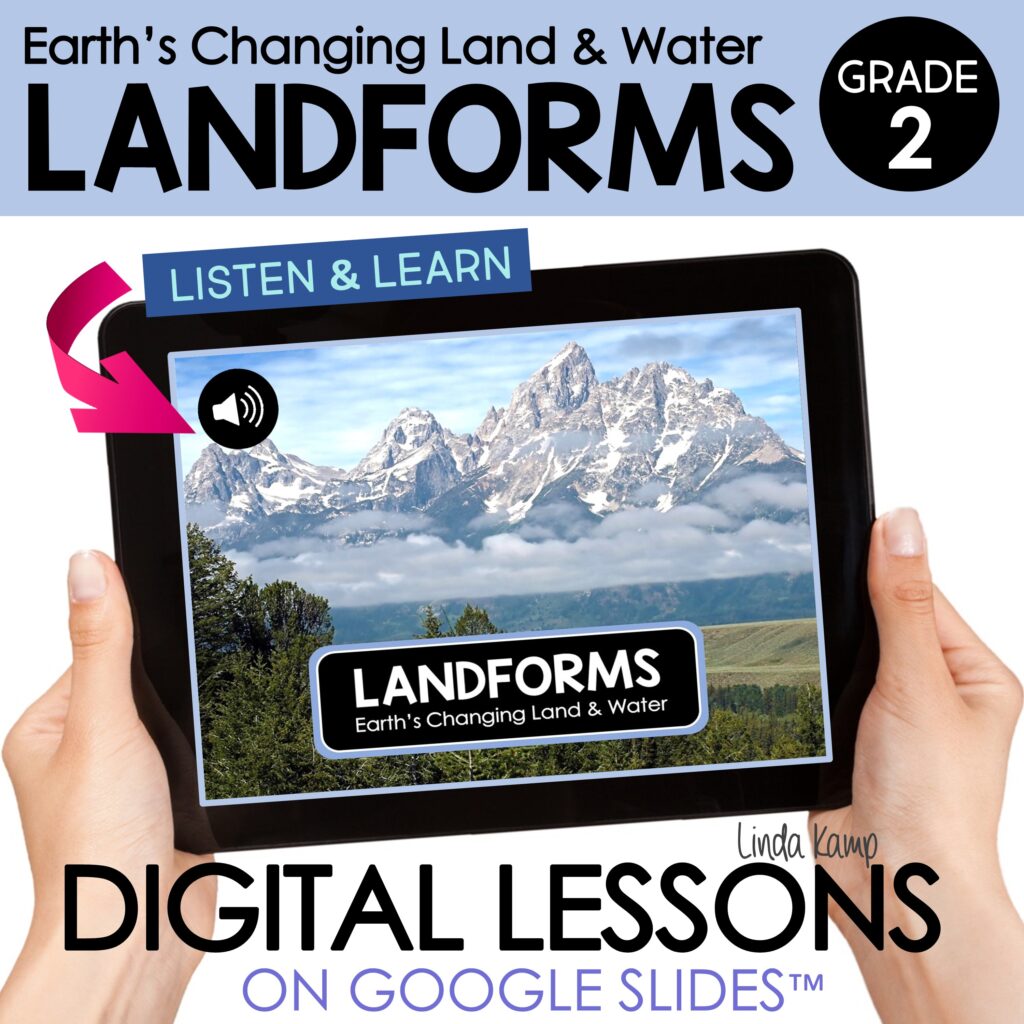
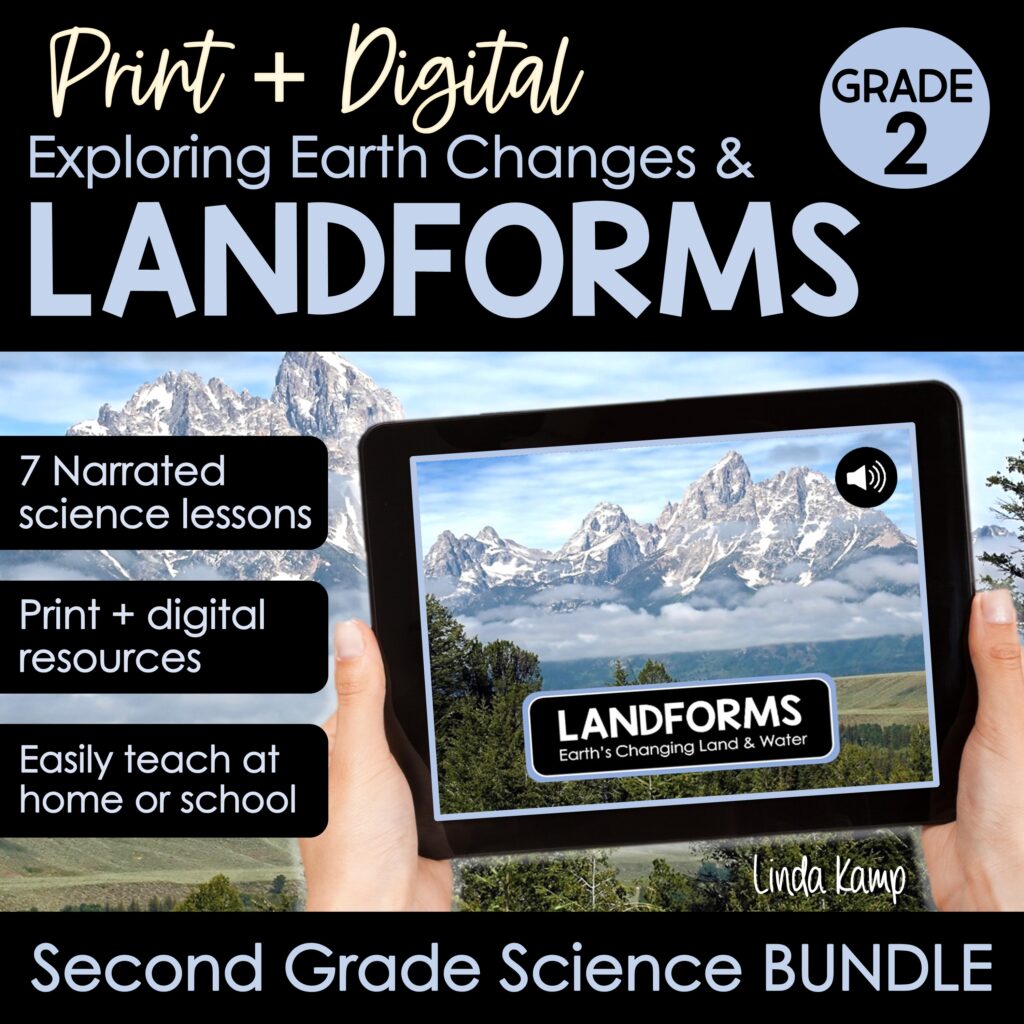
Preview these science units:
- Landforms & Earth Changes
- Digital Landforms & Earth Changes Activities
- Landforms & Earth Changes BUNDLE
I hope you have found ideas you can use as you plan your own landforms and earth changes activities and lessons. Be sure to pin this post for later so you have it when you plan!
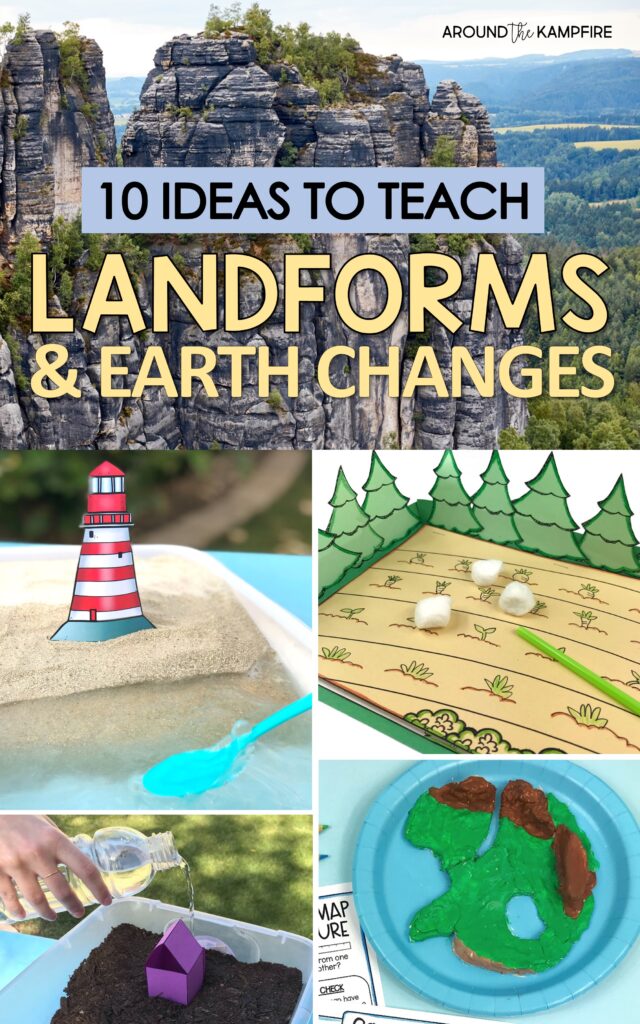
For more second grade science activities, visit these posts:
Properties of Matter Activities
Habitats & Ecosystems Activities
Happy teaching!
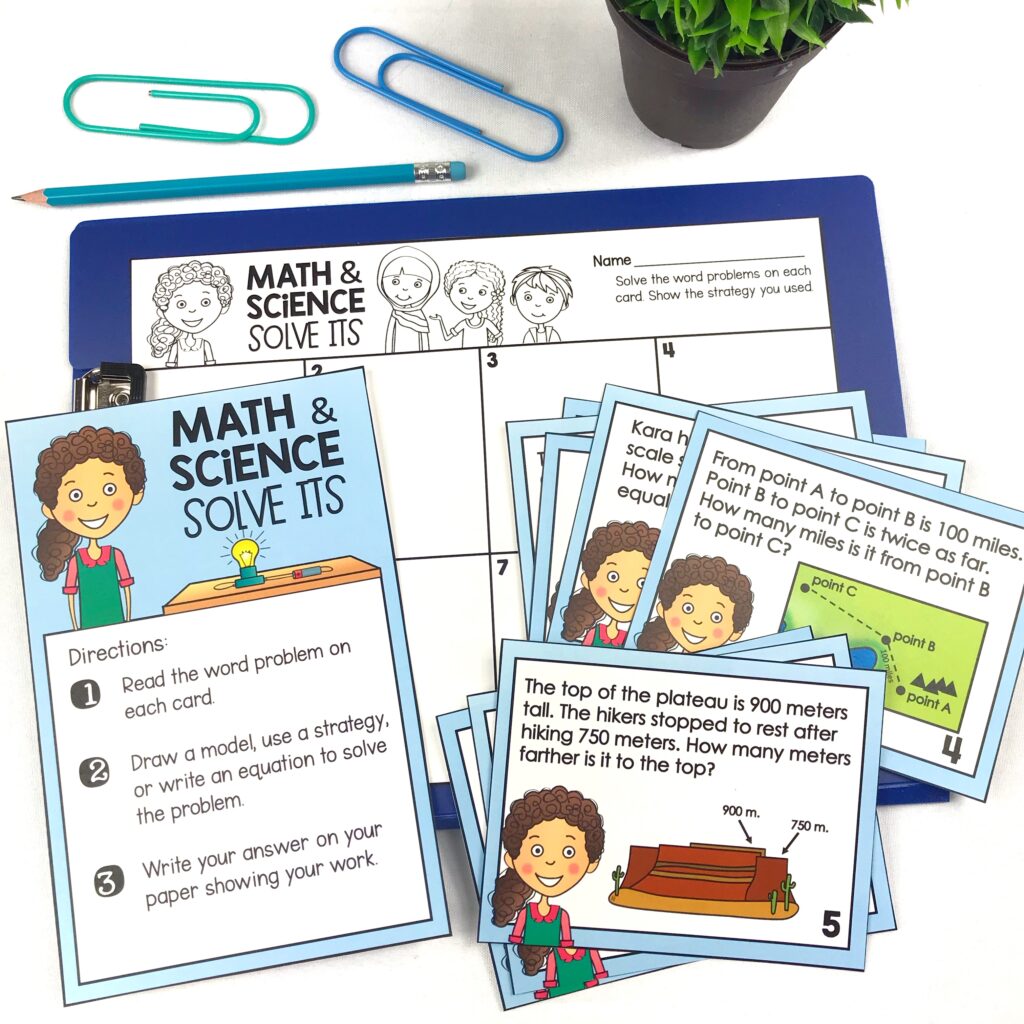
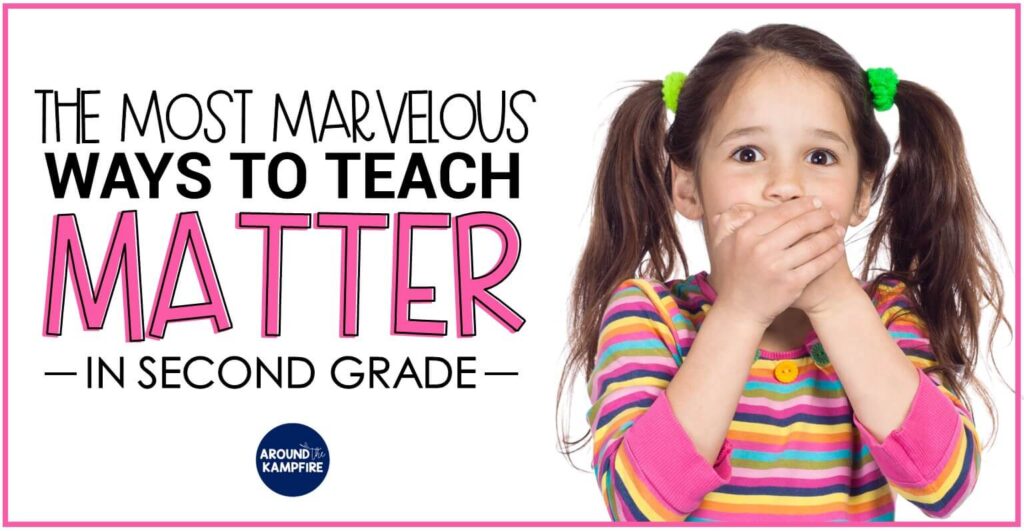
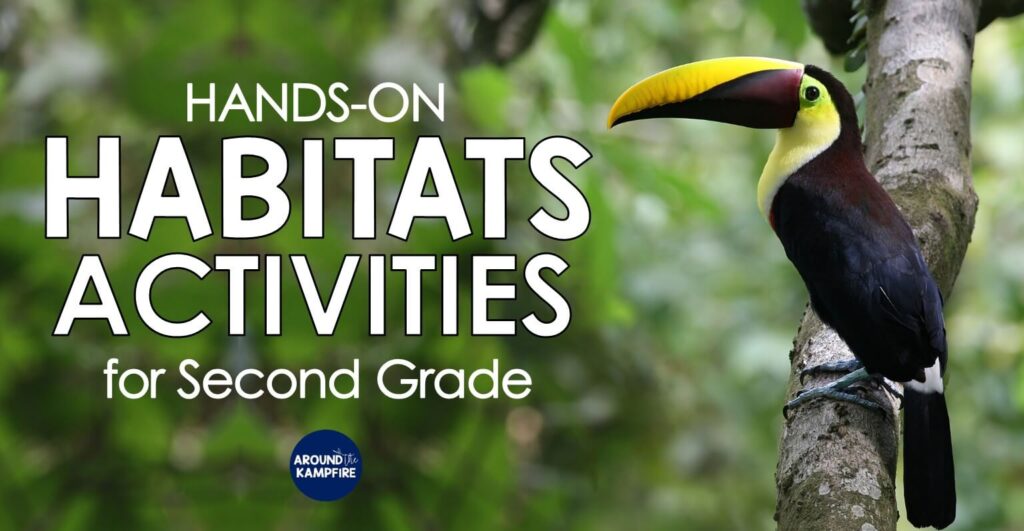
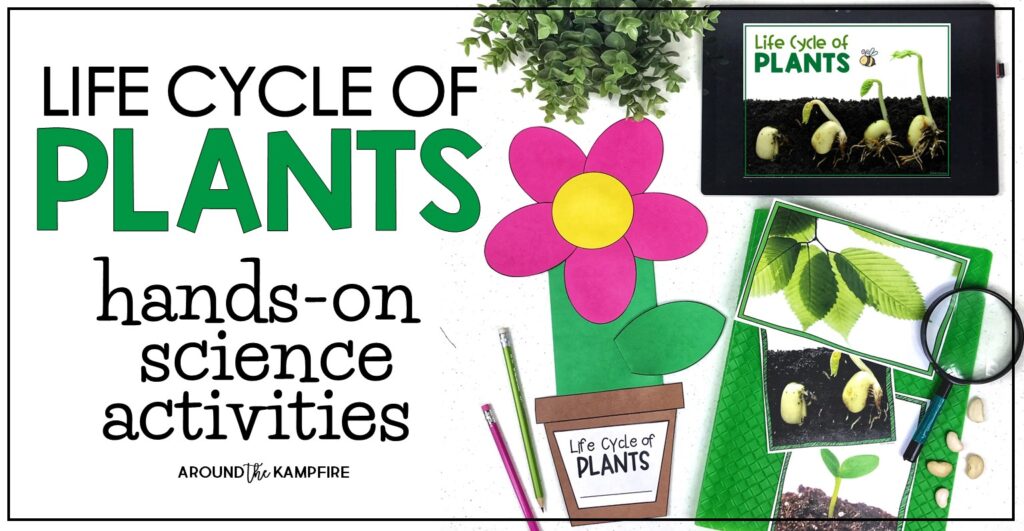
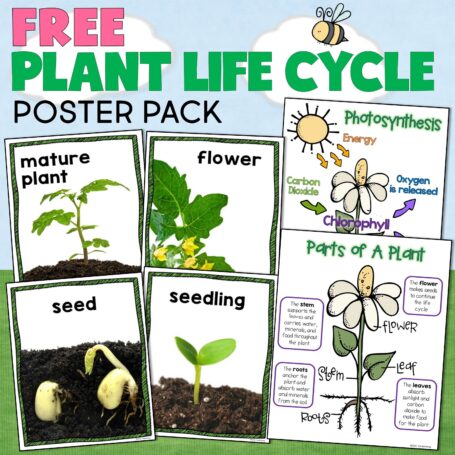
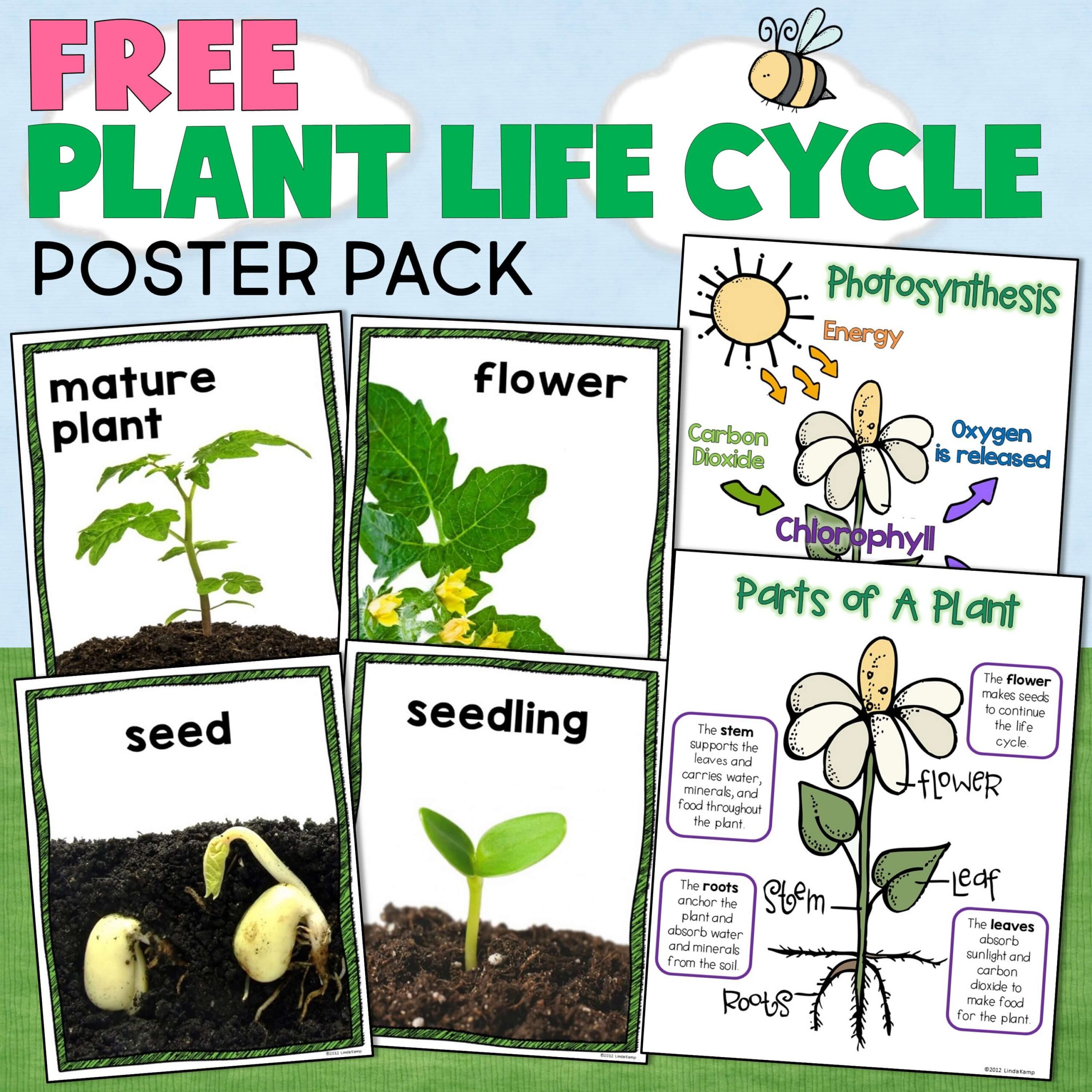

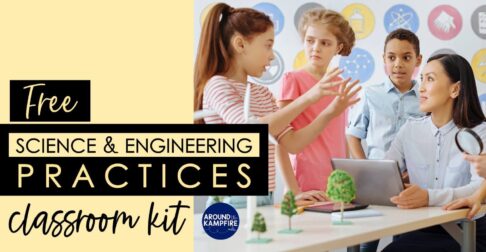
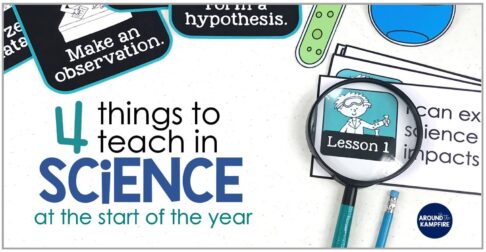

Hello,
I am interested in the handout you show pictured above, “Name that Landform”. Can you please direct me to where I could find that?
Thanks!
Hi Sharon,
Thanks for reaching out! The “Name that Landform” lab is part of this 2nd grade science unit: https://aroundthekampfire.com/product/landforms-fast-slow-earth-changes-second-grade-science-unit-ngss